The International Space Station is so hot right now, with no less than two movies out featuring the orbital lab, namely I.S.S. and Constellation. Indeed, the ISS is an absolute icon and a fixture of popular culture. But beyond its well-known status as a pioneering space laboratory, it harbors a wealth of lesser-known facts and features.
The ISS spins around Earth once every 90 minutes, and it’s done so continuously for the past quarter century. It’s the space lab that just keeps on ticking, despite the odd toilet malfunction, air leak, or impromptu backflip. From its unique fire safety measures tailored for microgravity environments to the intricacies of its water recycling system, the ISS is a marvel of engineering and human ingenuity. There’s much to know about this extraordinary laboratory in the sky, some details being more esoteric than others.
Espressos are readily available
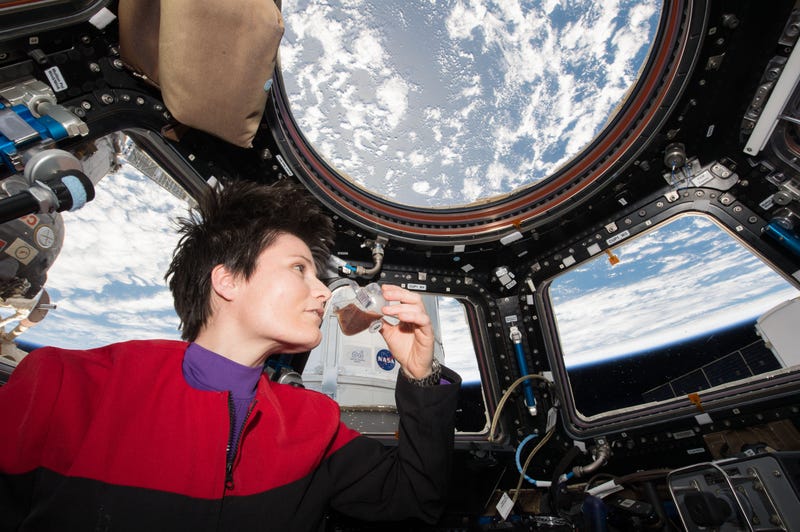
Even when you’re out in space, you might still find yourself longing for a cup of that morning brown. Mercifully, an espresso machine designed to function in zero gravity reached the ISS in 2015. Perfectly named ISSpresso, it’s a collaboration between Italian coffee company Lavazza, engineering firm Argotec, and the Italian Space Agency. The device operates by using a NASA-standard drink bag, coupled with a specially designed capsule containing the warm beverage. The crew inserts these components into the ISSpresso, which then produces the drink under the unique conditions of space.
Can’t hack this
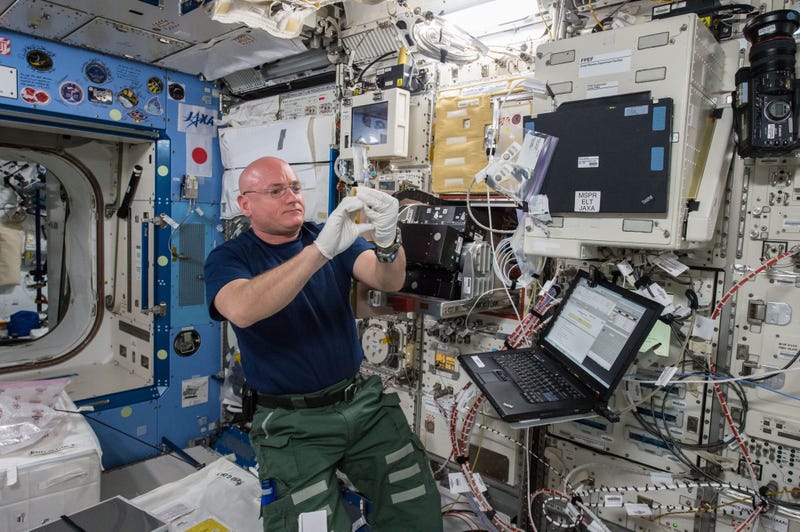
Famous last words, I know, but NASA has implemented many measures to make sure the ISS is hacker-proof. These include isolating its networks from the public internet (yes, the internet is available on the ISS, but it’s a slower, mirrored version), using encrypted communication links, regularly updating software, and implementing firewalls and intrusion detection systems, among other strategies. These measures also include the development of the Space Security Best Practices Guide, which outlines various controls and strategies for mission cybersecurity.
Microbes are everywhere

Astronauts and their cargo regularly introduce microbes to the ISS, creating a unique microbial environment since its first orbit of Earth in 1999. Over two hundred missions have contributed to this distinct microbial population in the station, which NASA is eager to track and understand. The confined environment of space, along with astronauts’ weakened immune systems and more aggressive bacteria, results in the common cold in space being much worse than one experienced on Earth.
Mold loves the ISS
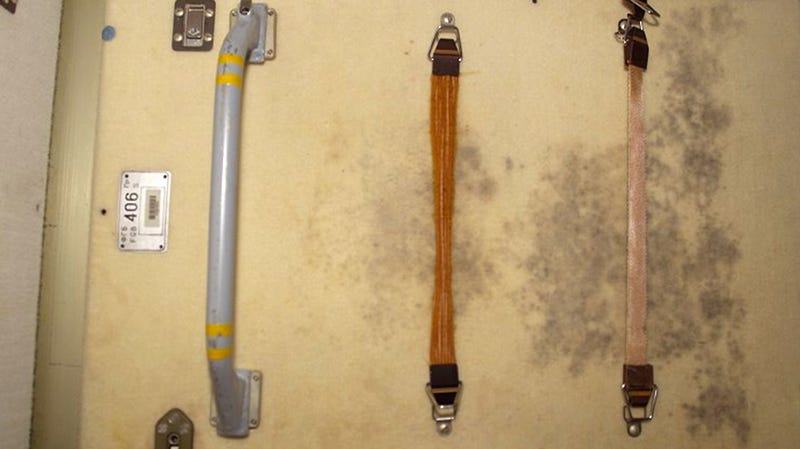
Speaking of microorganisms, the ISS crew is engaged in an ongoing battle with mold. Due to the high humidity, lack of gravity, and closed environment, mold tends to grow more rapidly on the station than on Earth. This problem requires specific cleaning protocols and has led to research on microbial growth in closed habitats.
It stinks
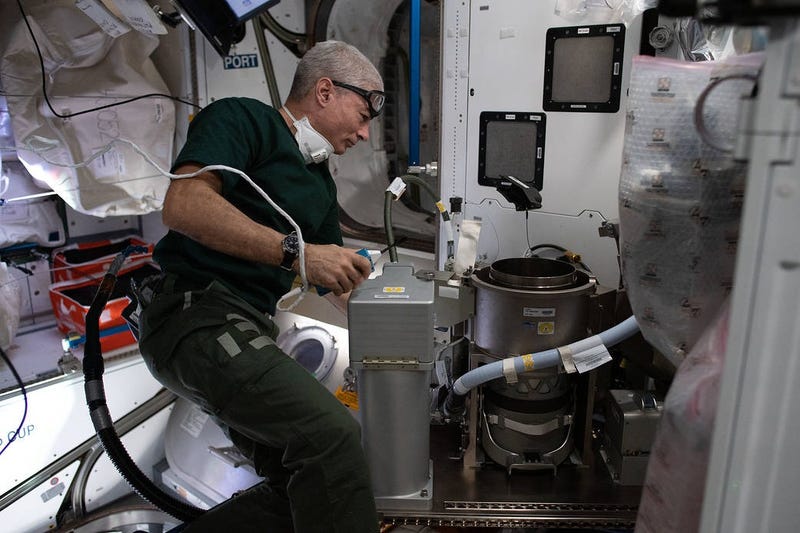
Filters continually clean the air inside the ISS, but crew members have described the interior as smelling like ozone, gunpowder, antiseptic, garbage, body odor, a hospital, burnt metal toast, and even a “barbecue that’s gone wrong,” the latter description coming from U.K. astronaut Tim Peake. The station’s waste management system also contributes to the unpleasant odors wafting through the lab. But as ESA astronaut Samantha Cristoforetti claims, you kind of get used to it after a while.
Recycled water comes from urine and sweat
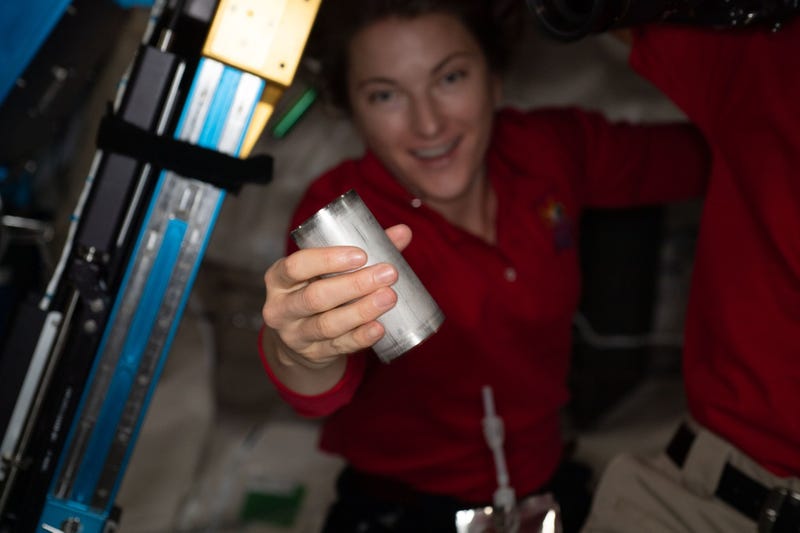
Delivering water to the ISS isn’t cheap or easy, requiring some out-of-the-box thinking when it comes to the recycling of preexisting water. Last year, a test of the Environmental Control and Life Support System achieved a 98% water recovery rate, processing astronauts’ sweat, breath, and urine. The system includes a water recovery system and a water processor that produces drinkable water. Advanced dehumidifiers in the system capture moisture from the cabin air, and the urine processor recovers water from urine using vacuum distillation, making it possible to recycle water in space and to do so effectively. Water from poop is not recycled, but NASA is working on that possibility, which, yay?
The iconic cupola was an afterthought
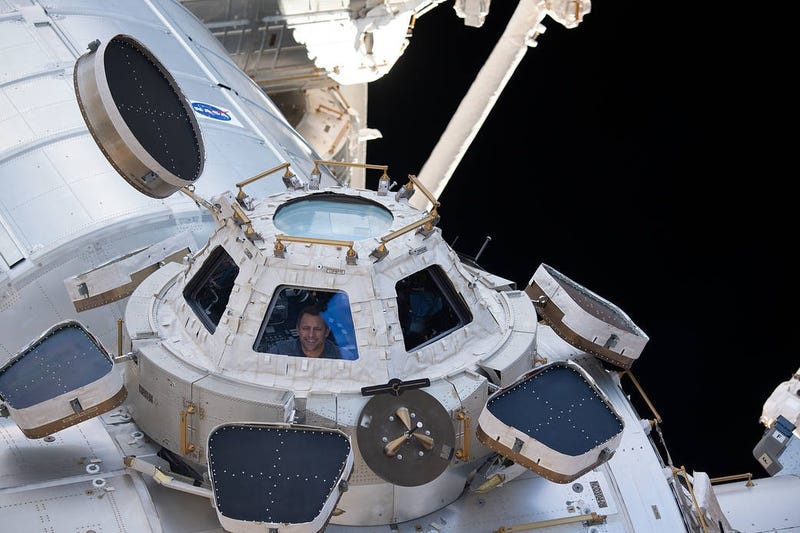
The ISS performed its first orbit of Earth in 1998, but its famous cupola—dubbed the “window to the world,” wasn’t included as part of the station’s original design. Installed in 2010, the seven-window cupola was added to provide the crew with a superior view of Earth and space, and to improve astronaut morale. In what is another lesser known fact, the Cupola has protective shutters, which are closed when not in use to protect the windows from potential micrometeorite strikes, which could be catastrophic if they hit the glass.
ISS can withstand impacts—but only to a point
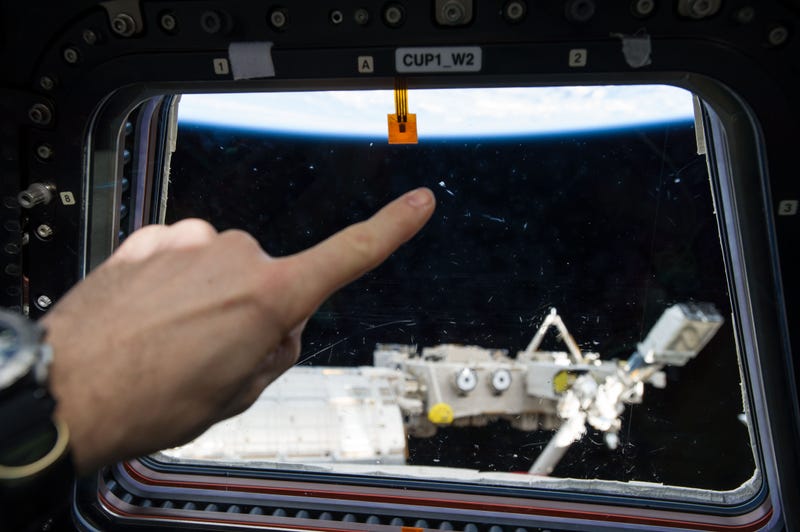
The thought of the ISS getting smacked by space junk or a tiny asteroid conjures images of the station crumbling into a giant space heap, but the lab is tougher than it looks. In 2016, “a paint flake or a small metal fragment no bigger than a few thousandths of a millimeter across,” struck a cupola window, according to ESA. Indeed, micrometeors and debris smack into the ISS on occasion, which is okay given that the space station is the most heavily armored spacecraft ever built. But there are limits; objects larger than 0.4 inches (1 centimeter) in diameter, flying at speeds in excess of 18,000 miles per hour (29,000 kilometers per hour), would likely pierce the hull, which, in a word, would be bad.
Fight fire with mist
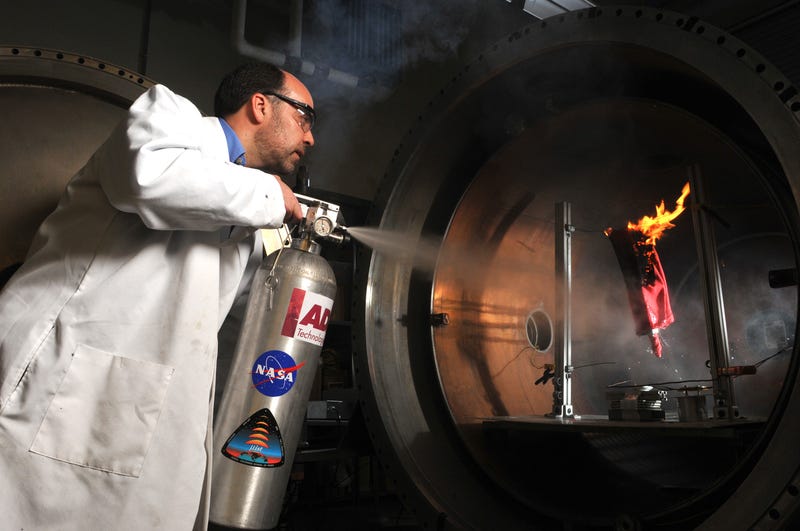
Fires in space have the potential to be particularly dangerous due to the absence of gravity, which affects how flames behave and spread. The ISS’s fire extinguishers, specially designed for microgravity, use a mix of micro-atomised water and nitrogen gas (or more simply, a fine water mist) to fight fires. These extinguishers work in any orientation and include a wand extension for reaching confined spaces, ensuring effective fire safety in the station’s unique environment. The development of these extinguishers was a collaborative effort involving ADA Technologies, Wyle, and NASA, among others. The extinguishers reached the ISS in 2016, replacing the original CO2 fire suppression devices.
Just one sanctioned external booster
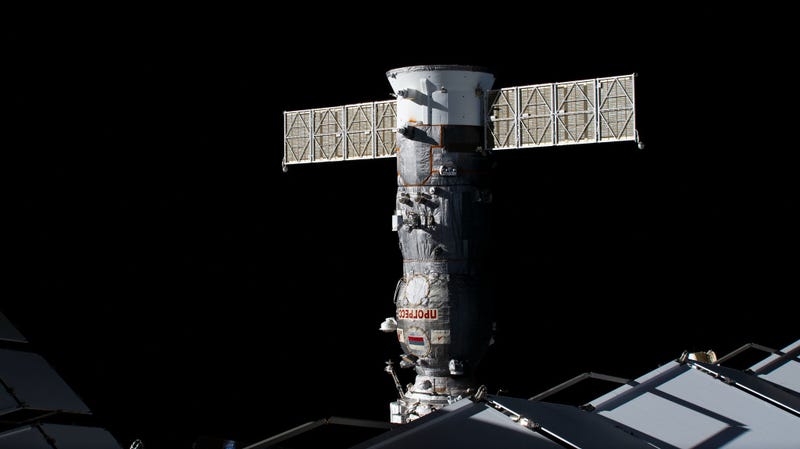
Every once in a while, the ISS requires a boost to counteract orbital decay and maintain its altitude. While the ISS is equipped with its own thrusters, they aren’t sufficient for major reboosts due to limited fuel capacity, lower power, and the need to preserve onboard resources for other critical operations (like orientation control and space junk avoidance). So instead, docked spacecraft are used to provide these external boosts. These spacecraft, specifically designed for such tasks, bring their own fuel, minimising the strain on ISS resources, and have more powerful engines for enabling these substantial orbital adjustments.
All this said, Russia’s Progress is currently the only spacecraft officially sanctioned for this task, due to its proven capability and compatibility with the ISS. While other spacecraft like Northrop Grumman’s Cygnus and Russia’s Zvezda could be adapted for reboost duties, they are not sanctioned for this purpose and would require additional measures, such as Progress having to fuel Zvezda for the task. NASA doesn’t love this situation, which is why it has performed reboost tests with Cygnus.
Keeping it warm inside is no easy feat
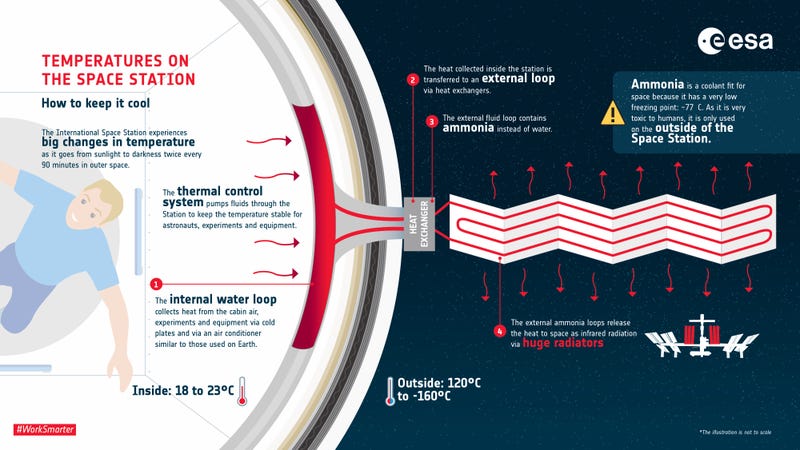
The station exterior endures rapid temperature shifts as it orbits Earth, moving from sunlight to darkness every 45 minutes. Inside, heat does not rise or circulate as it does under Earth’s gravity. Therefore, the ISS relies on a sophisticated thermal control system to manage these temperature variations and ensure a stable environment. Its complex thermal control system stabilises these extremes, using an internal water loop to absorb heat from the cabin, experiments, and equipment. This heat is then transferred to an external ammonia-filled loop via heat exchangers. Inside the ISS, temperatures are maintained between 64 to 73 degrees Fahrenheit (18 to 23 degrees Celsius), ensuring a (reasonably) comfortable environment for astronauts and the safety of onboard equipment.
It’s bigger than you think
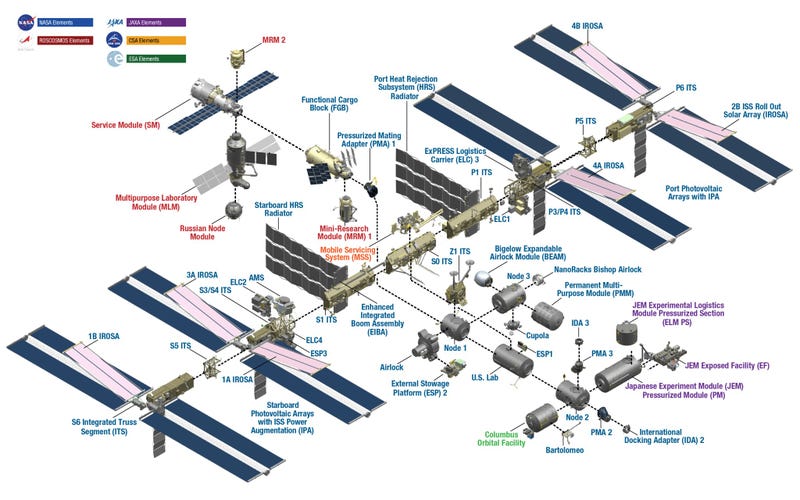
The cramped interior views of the ISS give the impression that it’s relatively tiny, but the orbiting lab is surprisingly big. The habitable and operational area within the station surpasses the size of a six-bedroom house, featuring six sleeping areas, two restrooms, and a gym.
The exterior portions are likewise large; the wingspan of the solar array, measuring 356 feet (109 meters), exceeds the length of an Airbus A380, the world’s largest passenger aircraft, which spans 262 feet (80 meters). The ISS measures 356 feet (109 meters) from one end to the other, just one yard less than the total length of an American football field, including the end zones. Additionally, eight miles of wiring form the electrical power system within the space station. In total, the ISS weighs about 925,335 pounds, or 420 metric tons.
It’ll cost $US1 billion to safely destroy the ISS
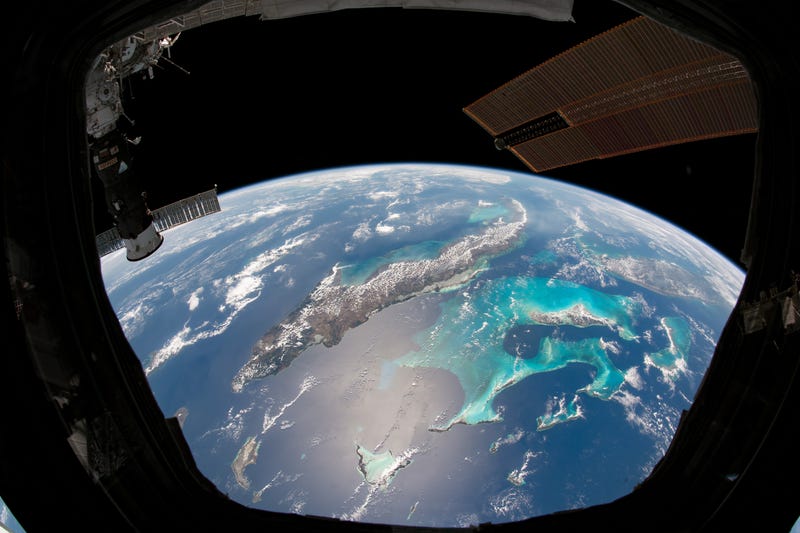
The ISS is scheduled for retirement by 2030, but it won’t be cheap to responsibly dispose of the orbiting lab (the plan is to crash it into an uninhabited part of the Pacific Ocean). A space tug is needed to grab the station and pull it into Earth’s atmosphere for a controlled reentry. Trouble is, the proposed deorbit vehicle is expected to cost $US1 billion, as indicated by NASA’s 2024 budget request. That’s an expensive garbage truck, to be sure.
